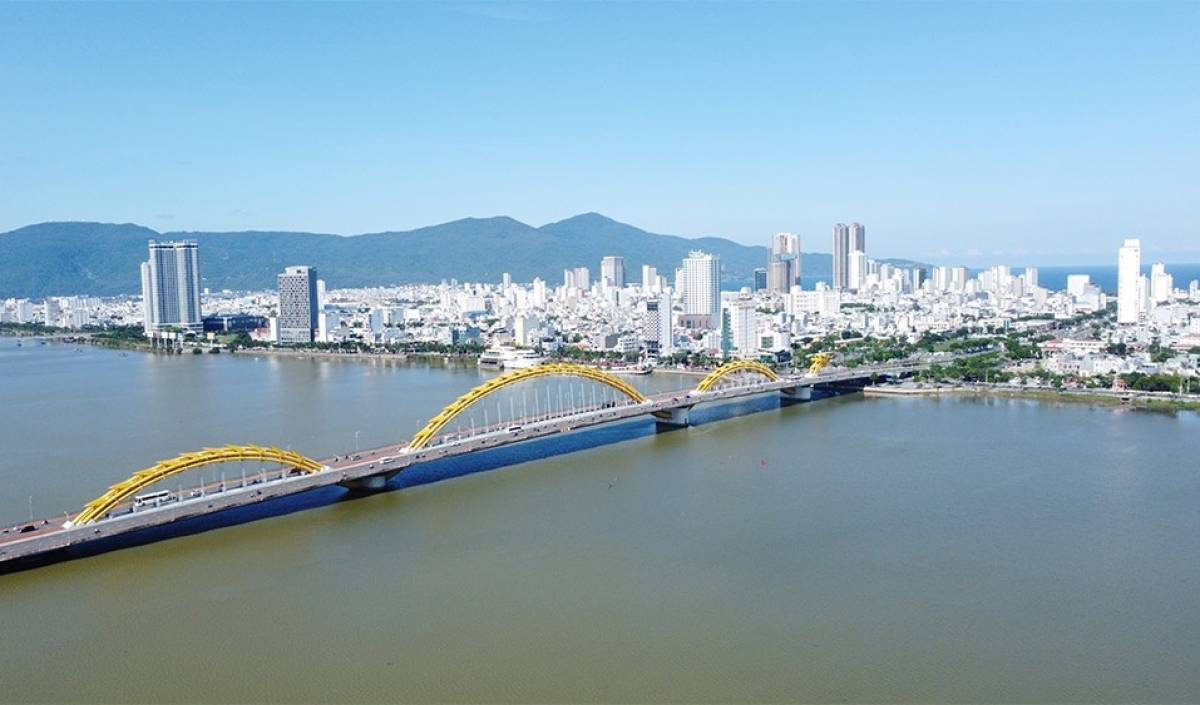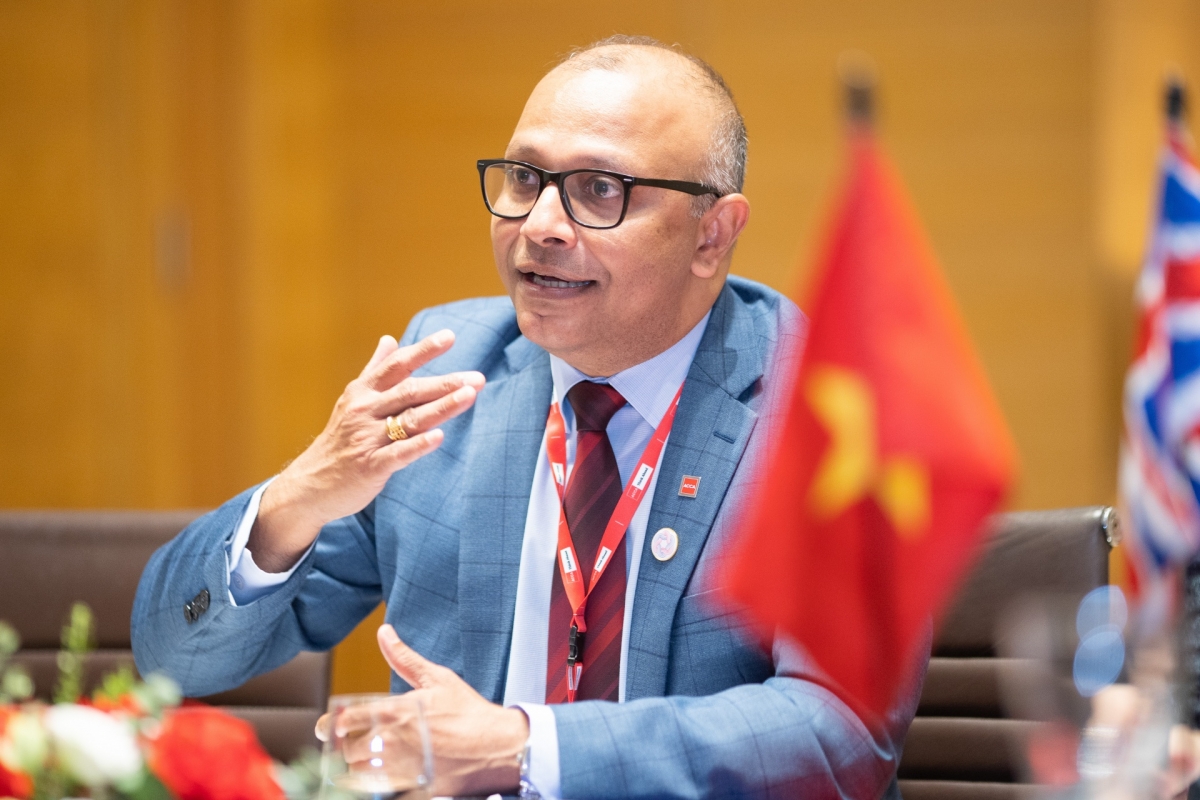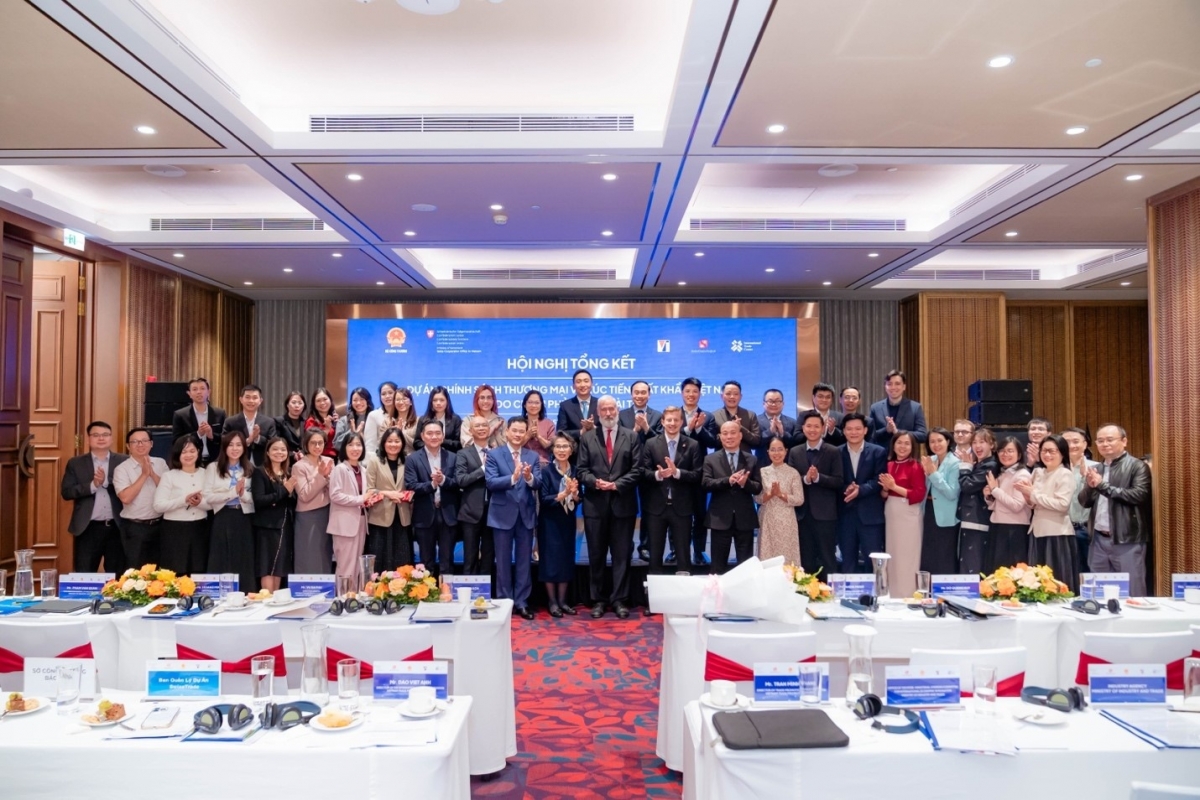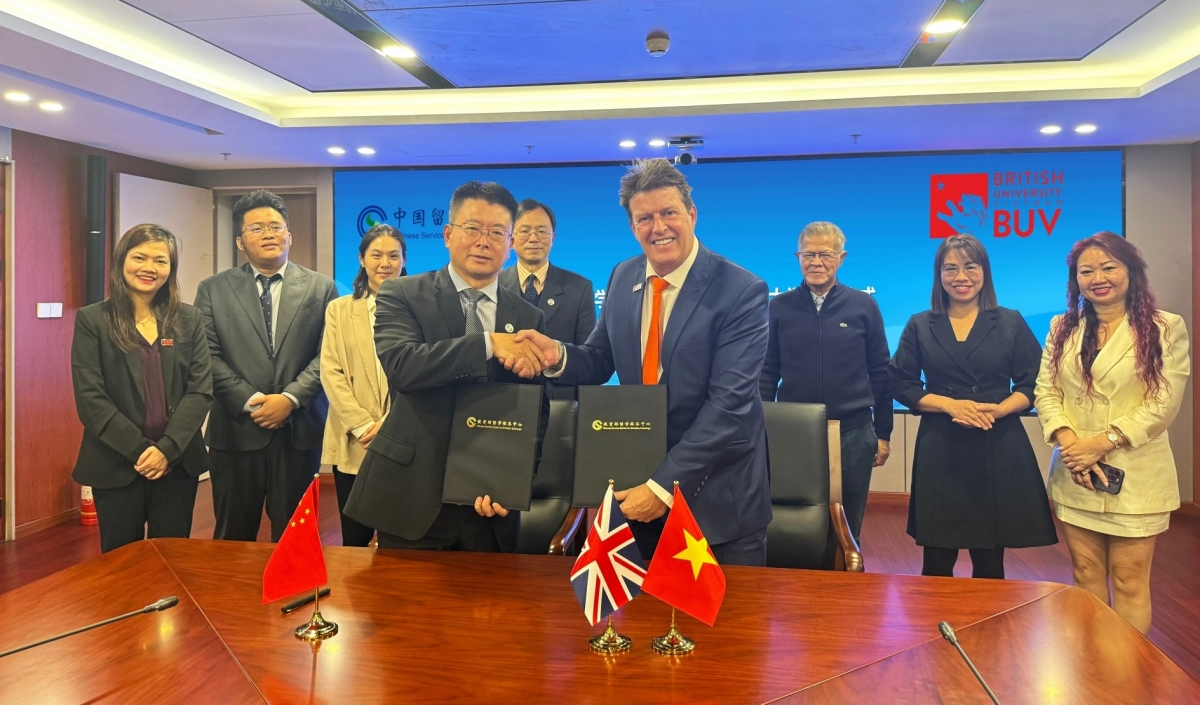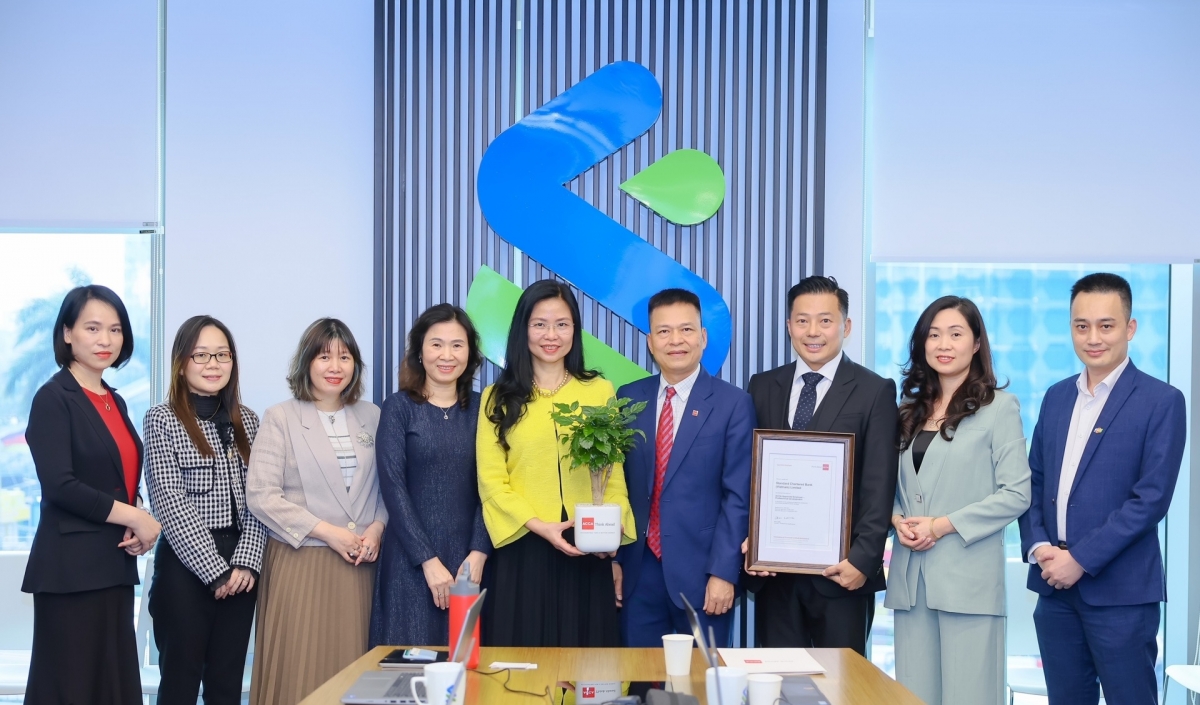INTERNATIONAL INVESTMENT
AND PORTAL
Looking back at the past 50 years since Vietnam and Australia established diplomatic relations, how do you evaluate the achievements in investment?
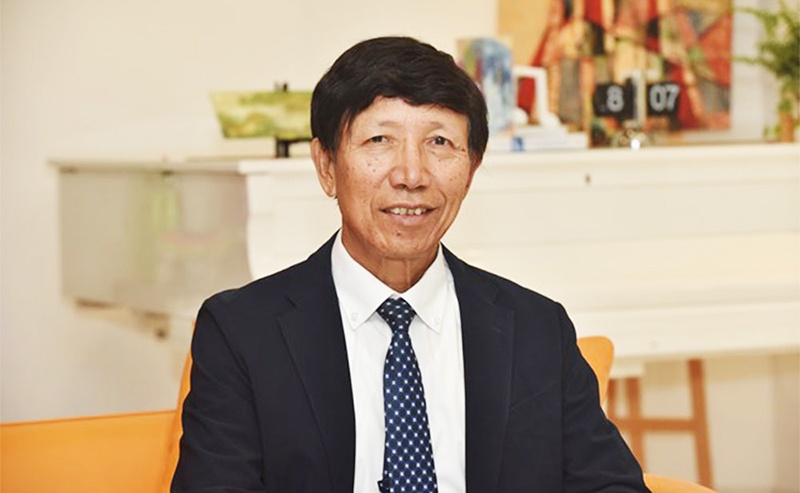 Phan Huu Thang, director of the International Institute for Investment Research
Phan Huu Thang, director of the International Institute for Investment Research
Vietnam and Australia established diplomatic relations in February 1973, and the relationship was upgraded to a strategic partnership in 2018. The two parties are making new efforts to upgrade the relationship to a higher level to meet the expectation of the bilateral governments and the business community.
Vietnam has sought to effectively mobilise financial resources for development, including official development assistance (ODA). With assistance of AU$78.9 million ($53.65 million) in 2020-2021, Australia is an important partner in supporting Vietnam’s economic integration and reform agenda. During 2022-2023, Australia has committed to provide AU$92.9 million ($63.1 million) in ODA for Vietnam.
Australia investment into Vietnam also remains a spotlight. As of January 20, 2023, Australian investors poured a consolidated capital of $1.97 billion into 584 projects, ranking 20th among 141 countries and territories with capital in the country.
The majority of investment capital from Australia is in the processing and manufacturing industry (47.2 per cent), with steel producer BlueScope leading this industry and also the biggest Australian investor in Vietnam.
The remaining inflow belongs to accommodation and restaurant services, construction and real estate, agro-forestry-fisheries, healthcare, mining, entertainment, and education and training.
With 6.4 per cent in agro-fisheries, Australia is one of the top investors in this area, an industry that is long known for its relatively low foreign investment. Australia’s noticeable presence in Vietnam’s education-training industry and agriculture is also a distinct characteristic of Australia’s foreign funding when compared with that of other countries.
Australian financiers are present in 45 cities and provinces, including localities that have infrastructure weaknesses such as Kon Tum, Ben Tre, and Phu Yen.
What are the highlight ventures from Australia, and what is the driving force to promote Australian capital coming into Vietnam?
Many Australian groups entered as soon as it opened its doors to foreign investors, which contributed to creating trust and spillover for those from other countries. Prominent Australian investors in Vietnam include Austal, Blackstone Minerals, BlueScope Steel, CBH Group, LOGOS, Linfox, Mavin Group, RMIT University, and SunRice, with capital reaching hundreds of millions of dollars.
The impetus force to promote investment is that the two parties announced the Australia-Vietnam Enhanced Economic Engagement Strategy and a roadmap to promote trade and investment ties between the two countries to 2025. The strategy focuses on key sectors that have new market opportunities to support the two economies, and promote inclusive and sustainable development with high resilience to external influences.
Besides that, in 2020, the two countries signed an action plan to implement the strategic partnership between the two countries. The action plan has focused on three pillars – strengthening economic connectivity; deepening strategic cooperation, national defence, and security; and building an intellectual and innovative strategic partnership.
Along with traditional investment methods, many funds are paying attention to Vietnam in terms of bonds, real estate, and shares, among others. How do you evaluate this?
In the past, the size of the financial market was small in Vietnam, and the legal system lacked incentives to encourage funds. There were, however, outstanding investment funds such as Capital Fund and Dragon Fund, which grasped early opportunities and became successful.
In recent years, the scale of the financial market has been expanded and the stock market has become a vibrant credit entity that has a great influence on the economy, and on the activities of the business community. The legal and policy system on economic development and management now covers all fields of the economy in terms of finance, banking, investment, and commerce.
Thus, the government is paying attention to encouraging the development and diversification of new capital mobilisation channels for socioeconomic development, meeting the needs of economic development, production, and business.
At present, Vietnam is considered a trusted destination for foreign funds in general and Australian funds and financial institutions, such as BC Invest and MA Financial.
Recently, for example, we worked with the president of Acuity Funding, a financial institution specialising in arranging and managing capital through loans or investment forms similar to loans. They have been looking for local partners to implement projects. The cooperation and deals between Acuity Funding and local partners will comply with the capabilities and operational functions of Acuity, including arranging capital for the project, managing loans, and utilising cross-border money transfer through the Swift system.
We believe that Vietnam should continue to diversify new capital mobilisation channels for businesses, develop new types of intermediary financial institutions, and create more choices for investors and capital attraction channels for businesses.
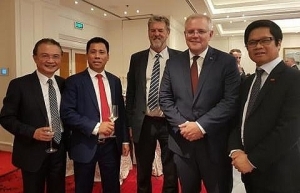 Vietnam and Australia boost economic co-operation
Vietnam and Australia boost economic co-operation
Prime Minister Nguyen Xuan Phuc and his Australian counterpart Scott Morrison chaired a meeting on exchanging and promoting co-operation opportunities between Vietnamese and Australian businesses in Ha Noi on Friday.
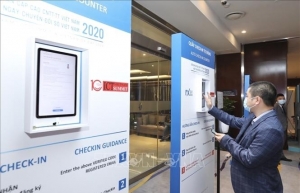 Vietnam and Australia seek to boost IT cooperation
Vietnam and Australia seek to boost IT cooperation
A virtual conference on Vietnam-Australia trade cooperation in the IT sector was held for the first time on August 10-12, aiming to promote IT business activities between the two countries.
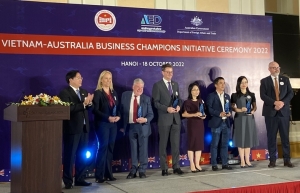 Vietnam and Australia promoting bilateral trade and investment
Vietnam and Australia promoting bilateral trade and investment
As Business Champions Vietnam-Australia 2022 celebrates its first anniversary, it promises to continue facilitating trade and investment.


